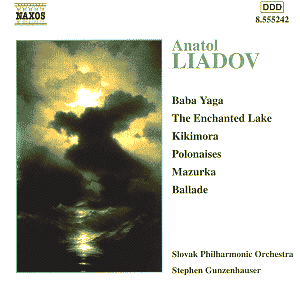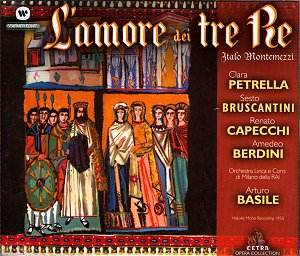 Composer: Bohuslav Martinu
Composer: Bohuslav Martinu
Works: Symphony No. 3, Symphony No. 5
Performers: National Symphony Orchestra of Ukraine, Arthur Fagen (conductor)
Recording: March 10-15, 1995, Grand Studio, Ukraine National Radio, Kiev
Label: NAXOS 8.553350
Bohuslav Martinu’s symphonic contributions emerged during a pivotal phase in the 20th century, a period rife with turbulence and transformation. Composed in the shadow of World War II, both Symphony No. 3 and Symphony No. 5 reflect the composer’s evolution as he embraced a more expansive orchestral palette after the age of fifty. Martinu’s symphonic journey commenced upon his arrival in the United States, where he found in the symphonic form a canvas for his complex emotional landscapes. This NAXOS release encapsulates the compelling dichotomy of his symphonic output, presenting the Third Symphony’s dramatic intensity alongside the Fifth’s radiant optimism.
Arthur Fagen and the National Symphony Orchestra of Ukraine deliver performances that commendably navigate Martinu’s intricate textures and dynamic contrasts. The Third Symphony, composed in 1944, emerges as a profound meditation on the chaos of its time, characterized by its somber harmonies and urgent rhythmic motifs. Fagen captures the work’s tragic essence, especially in the second movement, where the strings weave a hauntingly lyrical line that contrasts with the violent outbursts of the brass. However, while the performance possesses an admirable spirit, it occasionally lacks the visceral impact required to render the work’s emotional weight fully. The orchestra plays with commendable discipline, yet the nuances of Martinu’s orchestration sometimes feel muted, diminishing the drama that should blaze forth.
In contrast, the Fifth Symphony, written in 1953, showcases a more buoyant character with its vibrant orchestral colors and optimistic themes. It is here that Martinu’s brilliance in string writing shines, particularly in the opening movement’s lush textures that evoke a sense of joy and tranquility. The performance captures this radiance effectively, although one might yearn for a more expansive interpretation that could highlight the symphony’s underlying complexities. The interplay between woodwinds and brass in the finale, for instance, is delightful, yet it could benefit from a greater sense of interplay and urgency.
The recording quality is adequate but does not elevate the performance to the level of the finest interpretations available. The sound engineering, while clear, lacks the depth and warmth found in more polished recordings such as those conducted by Bryden Thomson with the Royal Scottish National Orchestra or the esteemed versions by Jiri Belohlavek with Czech forces. These alternatives bring a heightened sense of drama and clarity that would serve Martinu’s music well; thus, collectors seeking to experience the full spectrum of his symphonic voice might do better to explore these other recordings.
Martinu’s symphonic works, though not as frequently performed as those of his contemporaries, are marked by a directness and accessibility that resonate with audiences. This disc encapsulates the essence of his symphonic language, underlining his stature as a significant symphonist of the 20th century. While the performances by Fagen and the Ukrainian orchestra are commendable and provide a solid introduction to these works, they ultimately fall short of the passionate engagement that Martinu’s music demands. Those willing to delve deeper into his symphonic oeuvre will find richer rewards in alternative recordings, yet this release stands as a valuable contribution to the ongoing appreciation of Martinu’s legacy.



